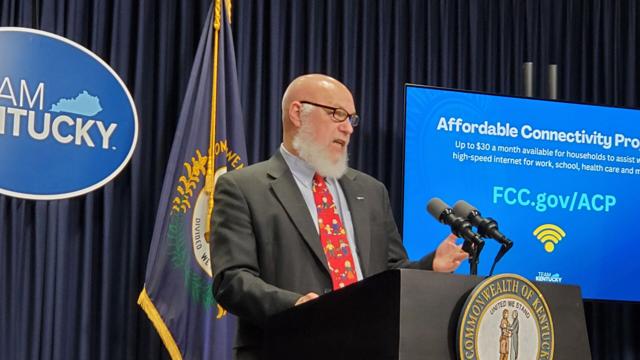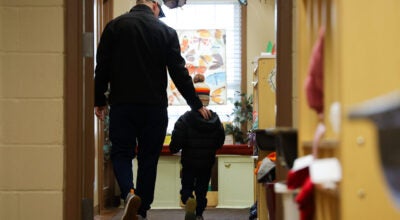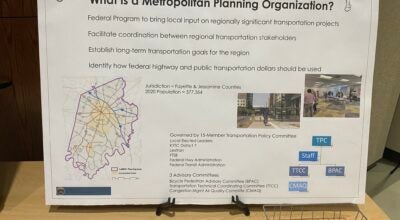Children in state foster care decreases to less than 8,500
Published 3:45 pm Monday, March 13, 2023

- Cabinet for Health and Family Services Secretary Eric Friedlander says the number of children currently in foster care has decreased to less than 8,500 in Kentucky. (Photo by Tom Latek/Kentucky Today)
|
Getting your Trinity Audio player ready...
|
Cabinet for Health and Family Services Secretary Eric Friedlander says the number of children currently in foster care has decreased to less than 8,500 in Kentucky after peaking in 2020 at over 10,000 children.
As a result, Kentucky is among the states which are experiencing the most significant drop in children in foster care due to focused efforts.
“We think that’s because we’ve been able to invest in prevention,” he said. “In partnership with the General Assembly, and in partnership with a lot of folks across the state, we have implemented true prevention programs, which is keeping a lot of kids out of the system.”
In addition to adoption and foster care reforms enacted by the General Assembly several years ago, in 2020, Kentucky became the fifth state to implement the Family First Prevention Services Act. Family First Prevention Services include Sobriety Treatment and Recovery Teams, the Family Preservation and Reunification Program, the Kentucky Strengthening Ties and Empowering Parents program, Multisystemic Therapy Prevention Pilots and the Intercept Prevention Pilot.
The Family Preservation and Reunification Services program alone has seen a 94% success rate in keeping children in their homes. These prevention efforts are also saving the state and taxpayers money. Since 2019, the Department for Community Based Services has invested $11.4 million in prevention. Costs for out-of-home care have been reduced by $79.1 million.
“There has never been a more critical time to address the welfare of our children. Our child welfare approach is helping to ensure prioritizing keeping families safely together,” Friedlander noted. “In spite of strides made, patterns persist, proving there is still work ahead of us. This administration is committed to identifying and addressing the drivers that create these disproportionalities.”





